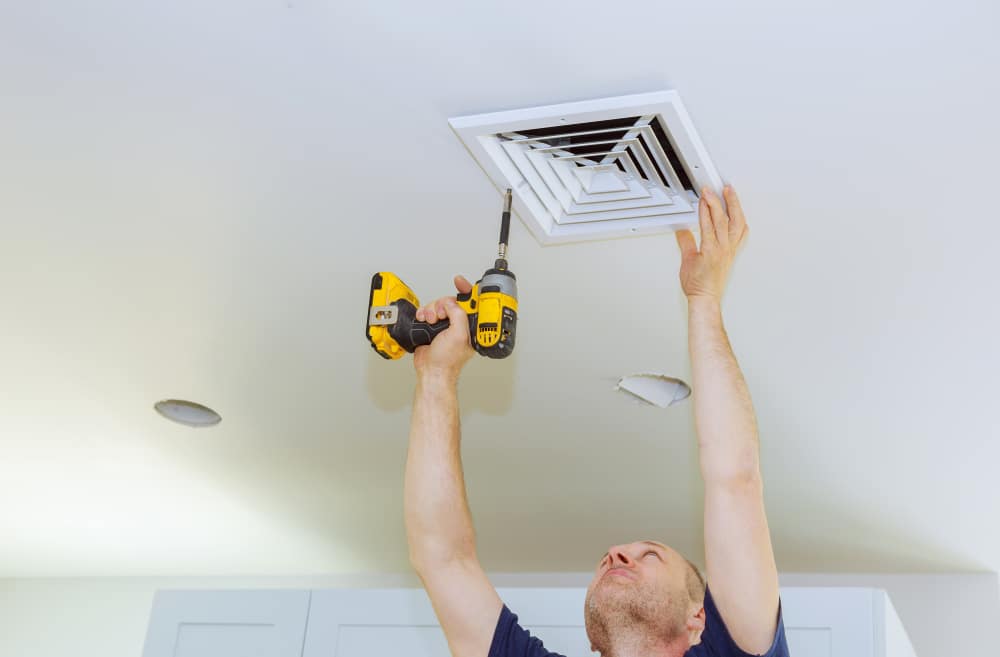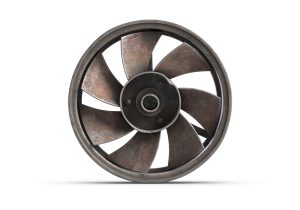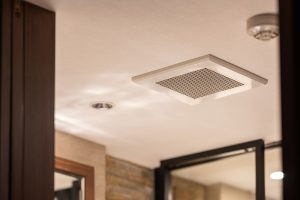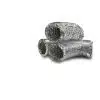Best Bathroom Fans with Built-in Heaters
Having a bathroom extractor fan can mean that in some cases, you can lose some heat in your home, as a trade-off for having a ventilation source in the bathroom. But is there any ways to offset this? Can you use a heater in a bathroom fan?
In this blog, we will share information regarding the best bathroom fans with built-in heaters.
To prevent mould, fresh air should always be introduced into your dwelling daily, as it helps to regulate temperature and reduce condensation. Introducing fresh air can be as simple as having a ventilation routine, or installing extractors or PIV systems.
Having an understanding of the uses and reasoning for ducting can be just the information you require in order to get the correct ducting to fit your needs. Knowing how their differences can save you any potential mistakes if you choose to set it up yourself.
I-Sells is here to provide the answers you require whilst also supplying you with all the information you need to combat mould and have a well-ventilated home.
How do bathrooms lose heat?
Bathrooms are susceptible to heat loss due to three main factors:
Conduction
- This occurs when heat directly transfers from a warmer object to a cooler one that’s in physical contact. In a bathroom, this can happen through:
- Flooring: Tile floors are popular in bathrooms due to their water resistance, but they are also excellent conductors of heat. Heat from your feet and the warm air readily transfers into the cooler tile, making the room feel colder. Rugs can help insulate the floor and provide a warmer feel underfoot.
- Walls: Exterior walls that are not well-insulated can also conduct heat away from the bathroom, especially if they are single-layered or lack proper insulation.
Convection
- This type of heat loss involves the movement of warm air. Warm air naturally rises, and in a bathroom, it can escape through various routes:
- Leaks and Gaps: Small cracks around windows, doors, vents, or pipes can allow warm air to leak out and be replaced by cooler air from outside. Sealing these leaks is crucial for retaining heat.
- Inefficient Ventilation: While ventilation is necessary to remove moisture, bathroom extractor fans can also contribute to heat loss, especially if not vented properly. Ideally, the fan should vent directly outdoors and not into the attic, where the warm air can escape the house. Using the fan strategically (during and shortly after showers) and ensuring it’s the right size for the bathroom can help minimize heat loss.
Radiation
- Heat can also be lost through radiation. This refers to the transfer of heat energy as electromagnetic waves. In a bathroom, heat radiates from warm surfaces like walls, floors, and fixtures towards cooler surfaces. If these surrounding surfaces are poorly insulated or cold (like exterior walls or windows), a significant amount of heat can be lost through radiation.
By understanding these mechanisms of heat loss, you can take steps to improve your bathroom’s heat retention. This can involve adding insulation to walls and floors, sealing leaks, using extractor fans strategically, and even considering installing heated towel racks or radiant floor heating for a more comfortable experience.
Best bathroom fans with built-in heaters
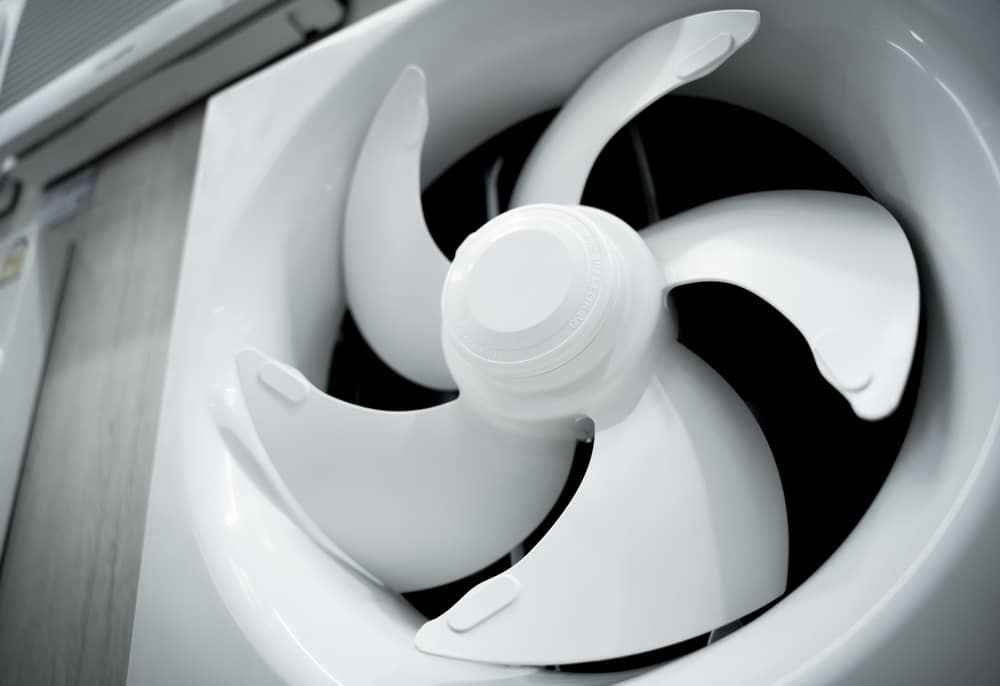
Not all bathroom fans have heaters, but some do! These combination units typically offer three functions in one:ventilation, light, and heat.
Here’s how bathroom fans can work with heaters:
- Features: These fans come equipped with a heating element, usually an infrared lamp or a heating coil, alongside the standard fan and light fixture.
- Benefits: They offer the advantage of warming up the bathroom quickly before or after a shower, providing a more comfortable experience.
It’s important to remember that the heater is working against the fan to some extent. While the heater warms the air, the fan is removing it. Therefore, it might not be the most efficient way to heat a large bathroom. Additionally, these units often require a dedicated electrical circuit due to the increased power needs of the heater.
That being said, there is an alternative that works with ventilation and heating in one unit, but not in the way you would think. This is a MVHR unit.
MVHR Units explained
An MVHR unit, which stands for Mechanical Ventilation with Heat Recovery, is a whole-house or single room ventilation system that tackles two key issues in modern energy-efficient homes: maintaining good air quality and reducing heating costs. Here’s how it works:
Fresh Air, Controlled Ventilation:
- Unlike opening windows, which can sometimes be inefficient and uncontrollable, MVHR units provide a constant supply of fresh, filtered air throughout your house. This is particularly important in tightly sealed, well-insulated homes, where natural ventilation might be minimal.
- The MVHR unit typically draws air from outside, filters it to remove dust and allergens, and then distributes it to living areas like bedrooms and living rooms.
A different way of heating
The clever part of the MVHR system is its ability to recover heat from the extracted air. As stale, moist air is pulled out of rooms like kitchens and bathrooms (areas prone to moisture build-up), the MVHR unit captures the heat energy from this outgoing air.
This captured heat is then transferred to the incoming fresh air stream using a heat exchanger. This pre-warms the incoming fresh air, significantly reducing the energy needed to heat your home, especially in colder months.
Benefits of MVHR Units:
- Improved Air Quality: Consistent supply of fresh, filtered air reduces pollutants, allergens, and condensation, creating a healthier and more comfortable living environment.
- Energy Efficiency: Heat recovery from extracted air minimizes energy consumption for heating, leading to lower energy bills.
- Reduced Mold Risk: By removing excess moisture, MVHR units help prevent mould growth, which can be harmful to health and damage your property.
- Year-Round Comfort: Provides fresh air ventilation and helps maintain comfortable temperatures throughout the year.
Window always open vs extractor fan
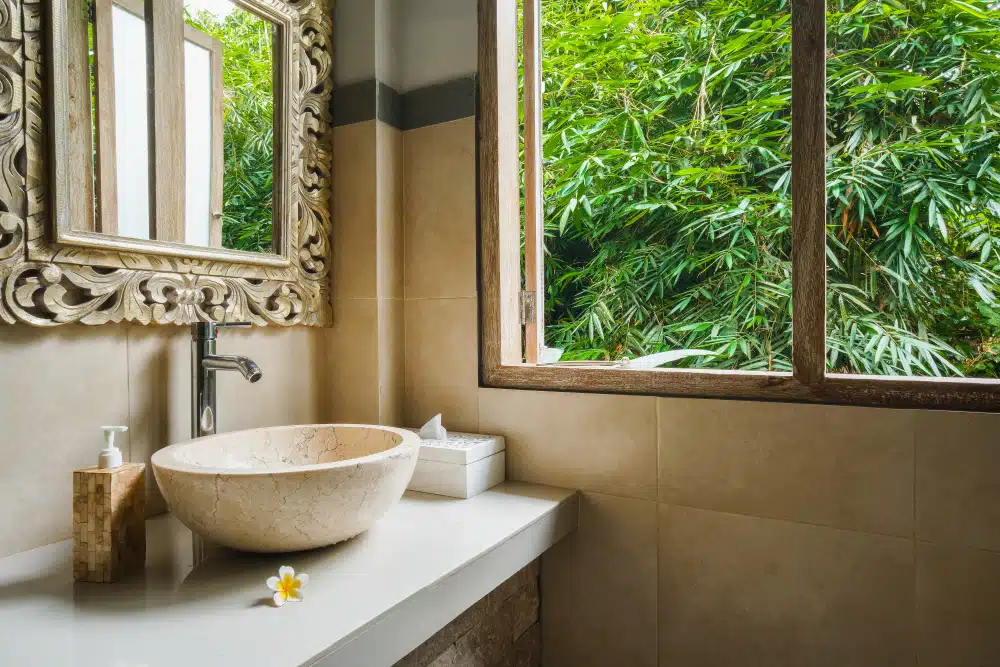
Here’s a list of the pros and cons of relying solely on a window versus using an extractor fan for bathroom ventilation:
Window
Pros:
- Free and natural ventilation: No electricity costs involved.
- Potentially faster removal of moisture: Especially effective when there’s a good cross breeze.
- Simple and easy to use: No need for installation or maintenance.
Cons:
- Weather Dependent: Ineffective in cold weather or when it’s raining or snowing.
- Security Concerns: Keeping a window open might not be ideal for security, especially on lower floors.
- Less Control: Can’t control the amount of ventilation or fresh air coming in.
- Noise Pollution: May allow outside noise to enter the bathroom.
- Energy Inefficiency: Warm air escapes in the winter, requiring more heating to maintain comfort.
Extractor Fan
Pros:
- Reliable and consistent: Works year-round, regardless of the weather.
- More efficient moisture removal: Targeted extraction from the source of moisture.
- Improved air quality: Helps remove odours and pollutants along with moisture.
- Security: No need to keep windows open, enhancing security.
- Reduced energy loss: Prevents warm air from escaping in the winter.
Cons:
- Cost: Requires installation and electricity to operate.
- Maintenance: Needs occasional cleaning and filter replacement (if applicable).
- Noise: Can be noisy depending on the model.
- Installation: Might require some electrical expertise for installation.
- Efficiency: Relies on proper venting to the outside.
Invest in bathroom extraction solutions
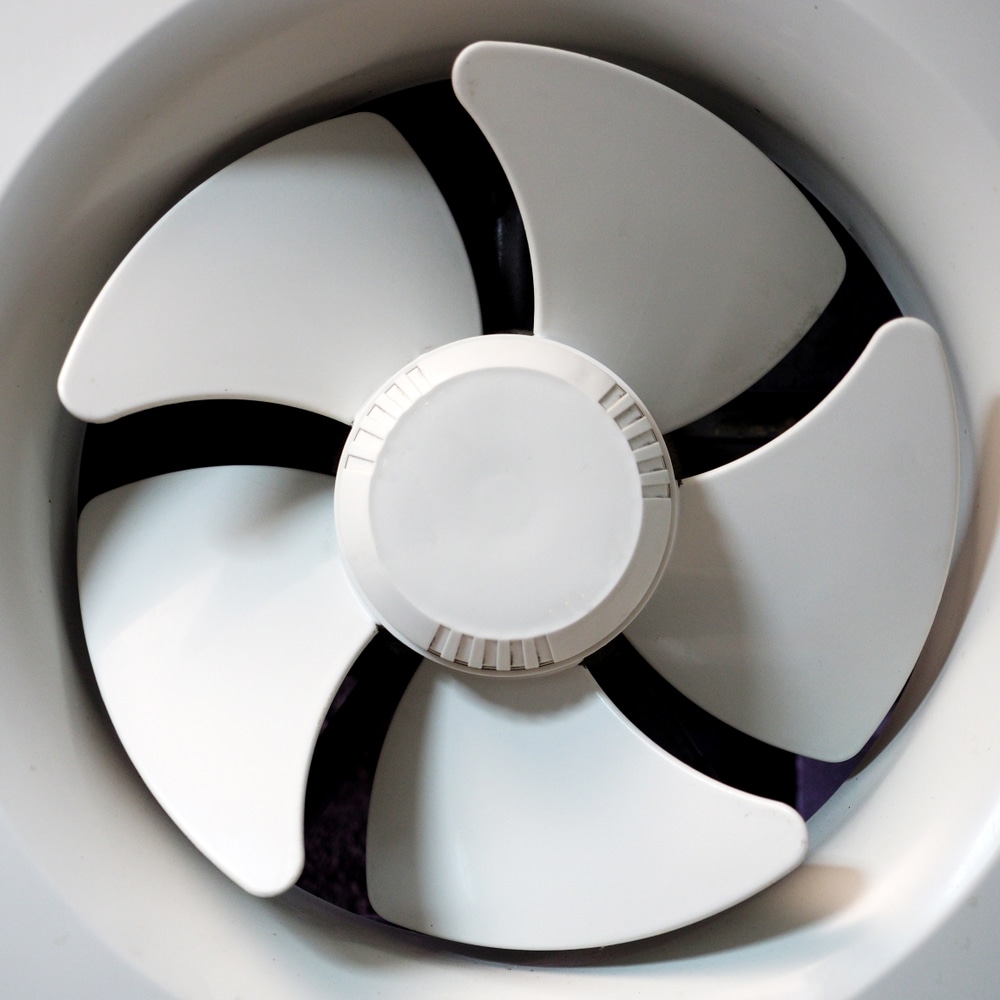
We at I-Sells endeavour to make sure our customers have all the information they require before deciding to invest in our mould solutions. Be sure to visit our blog page to gain knowledge on the wide array of factors and issues surrounding ventilation, mould, condensation, and much more.
We hope to have given you relevant information regarding the best bathroom fans with built-in heaters.
We understand you may have more questions, do not hesitate to contact us for more information with regard to whatever you require our help with. If you’d like to email us, click here. For other contact options, see below:
Call us on 020 8463 9696
Visit us at our showroom:
*OPENING TIMES*
Monday – Friday: 8:00 am to 5:30 pm
Saturday: 9:00 am to 12:00 pm
Sunday: Closed
15 St John’s Parade
Sidcup, Kent
DA14 6ES
United Kingdom

